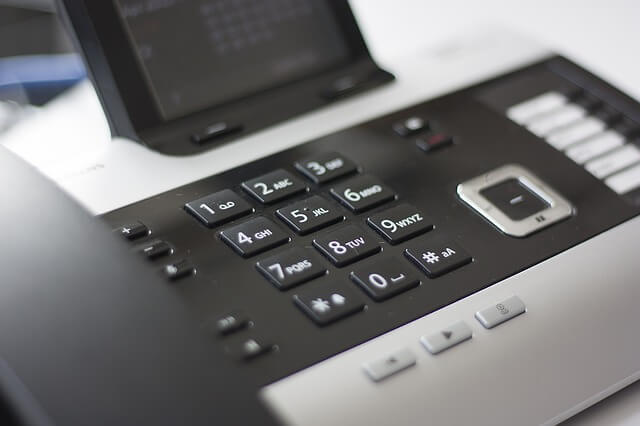Traditional telephony involves companies investing in costly on-site systems to manage calls, fax machines, and other phone line needs, often using a single incoming phone connection. While this system has served businesses well for years, it is gradually being replaced by cloud-based systems like Cloud PBX.
If your business is considering the switch, it’s important to understand the common issues faced by traditional telephony systems and the benefits of upgrading to a modern solution.
Understanding Traditional Telephony
The Limitations of Traditional Systems
Traditional telephony systems often lack the modern features and flexibility required by today’s dynamic business environments. These systems are also costly to maintain and upgrade, creating a significant financial burden for companies.
Why Businesses are Moving to the Cloud
Businesses are increasingly moving to cloud-based systems to leverage advanced features, reduce costs, and improve operational efficiency. Managed Cloud Voice Service offers a compelling alternative with numerous benefits over traditional telephony systems.
Key Issues with Traditional Telephony
1. Lack of Modern Features
Traditional telephony systems do not offer modern user functionality such as:
- Integration with Microsoft Office
- Device mobility
- User-configurable simultaneous ring and forwarding options
Improved Connectivity with Managed Cloud Voice
Our Managed Cloud Voice Service, built on the feature-rich Skype for Business Cloud PBX, connects your workforce in real-time. It integrates seamlessly with Office applications, enabling your team to collaborate more effectively using tools they are familiar with.
2. High Maintenance Costs
Maintaining traditional telephony systems is expensive due to the need for unique and specialised skills.
Cost Efficiency with Managed Cloud Voice
With Managed Cloud Voice, software maintenance and upgrades are included in the monthly per-user subscription fees. This eliminates the need for costly annual renewals and expensive upgrade projects, providing a more cost-effective solution.
3. Expensive High Availability and Disaster Recovery Environments
Traditional telephony systems require multiple hardware instances to ensure high availability and business continuity, often involving a mirrored setup at a disaster recovery site.
Reliable Disaster Recovery with Managed Cloud Voice
Cloud PBX is built on multiple instances and delivered through data centres located in various countries. This shared infrastructure significantly reduces the cost of providing a highly available telephony environment by distributing costs among multiple customers.
4. Limited and Expensive End-User Devices
Traditional systems often limit users to devices provided by the manufacturer, restricting choice and flexibility.
Flexible Device Options with Managed Cloud Voice
Managed Cloud Voice supports a variety of approved headsets and hardware from manufacturers such as Polycom, Plantronics, Microsoft, Logitech, Jabra, and more. This flexibility allows organisations to equip end-users with devices that best fit their working environment.
5. Multiple Steps to Record Information
For companies relying on leads and sales calls, traditional telephony systems require manual entry of call information into a CRM, which is time-consuming.
Seamless Integration with Managed Cloud Voice
Internet-based phone systems, like Managed Cloud Voice, can seamlessly integrate with CRM platforms, automatically pulling information across systems. This automation saves time and enhances business efficiency.
Embracing the Future with Managed Cloud Voice
By replacing your existing PBX system with a rich set of features directly delivered from Office 365 and tightly integrated into Microsoft’s cloud productivity suite, you can significantly improve your communication capabilities.
Discover more about our Managed Cloud Voice Service and how it can transform your business today.




